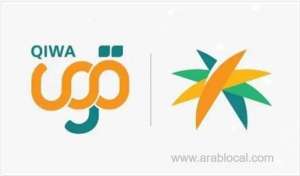Saudi Arabia has introduced a comprehensive set of guidelines governing the use of artificial intelligence (AI) in education, ensuring ethical and responsible implementation while preserving the pivotal role of teachers and enhancing student learning. This initiative results from collaboration between the Ministry of Education and the Saudi Data and Artificial Intelligence Authority (SDAIA).
Objectives of the AI Guidelines
The guidelines aim to:
- Enhance the quality of education and improve learning outcomes.
- Support teachers while integrating AI in the educational process.
- Ensure students use AI tools ethically and responsibly.
- Educate parents on AI’s role in modern education.
Key Highlights of the AI Guidebook
The AI guidebook is structured into three main sections:
1. Understanding Generative AI in Education
This section defines generative artificial intelligence, explaining its outputs, mechanism of action, and benefits in education.
2. Guidelines for Using AI in Schools
Outlines best practices for integrating AI tools into classrooms while ensuring adherence to ethical and responsible use.
3. Command Engineering and AI Tools
Introduces students, teachers, and parents to the fundamentals of command engineering in AI-driven learning platforms.
AI Usage Restrictions for Students
To safeguard young learners, the Ministry of Education has imposed the following restrictions:
- Students under 13 years old cannot use generative AI tools without direct supervision.
- Students under 18 years old require parental consent before using AI-driven educational tools.
Government Collaboration and Global Research
The AI education policy aligns with guidelines from SDAIA and the National Centre for E-Learning. Additionally, a global comparative study was conducted to ensure best practices in AI-driven learning.
Conclusion
Saudi Arabia's AI education framework emphasizes ethical and responsible AI usage, ensuring that technological advancements support teachers, benefit students, and align with global standards.









